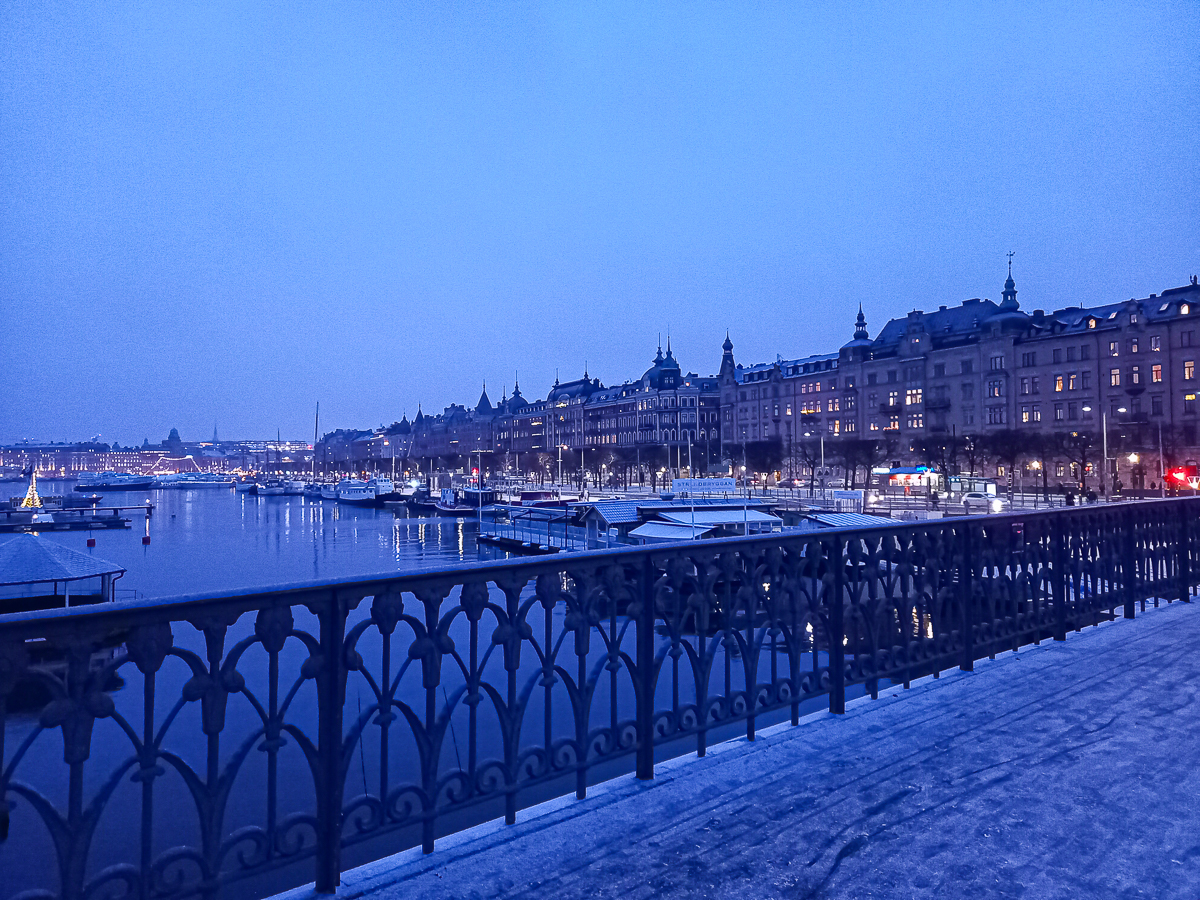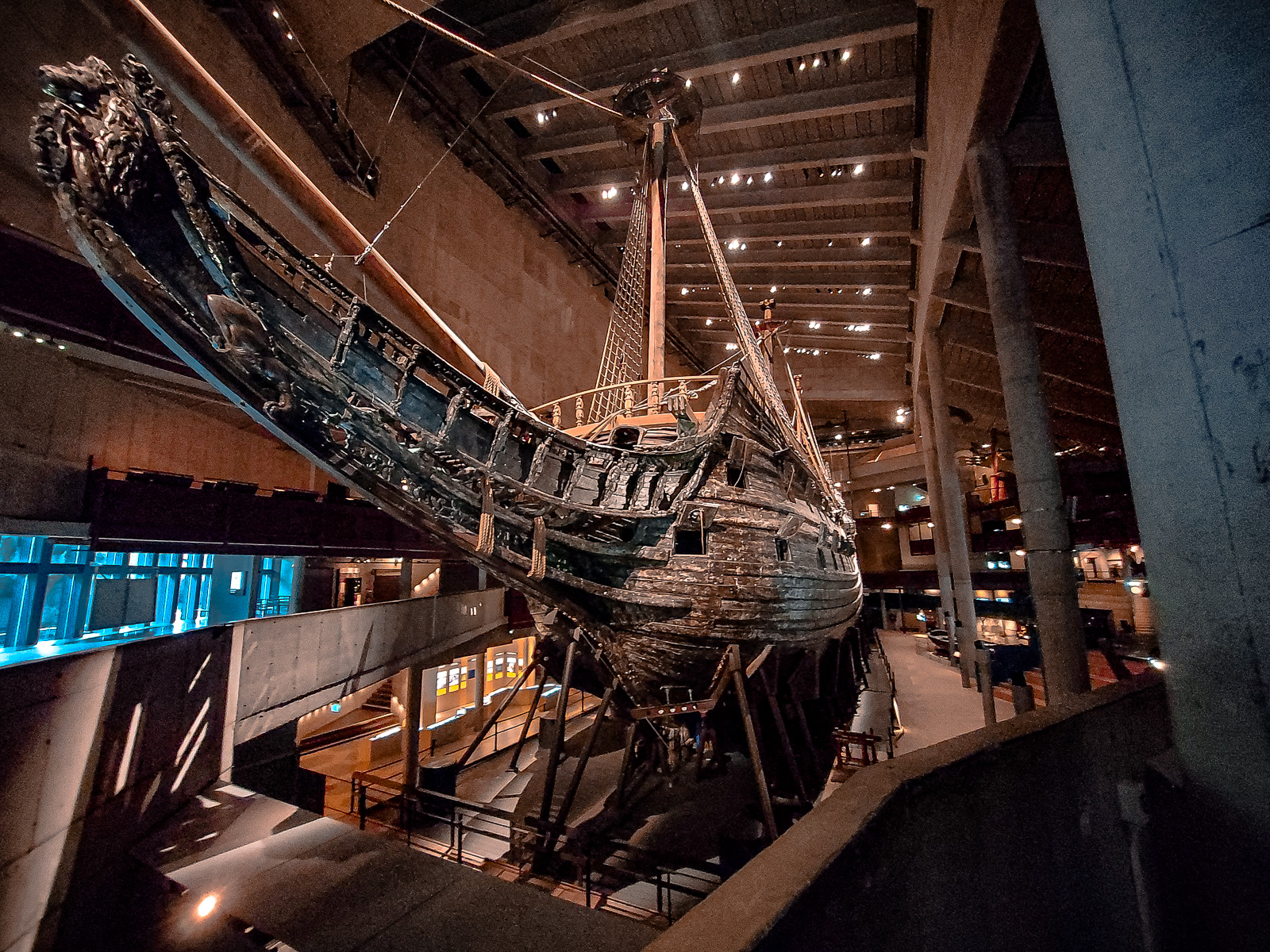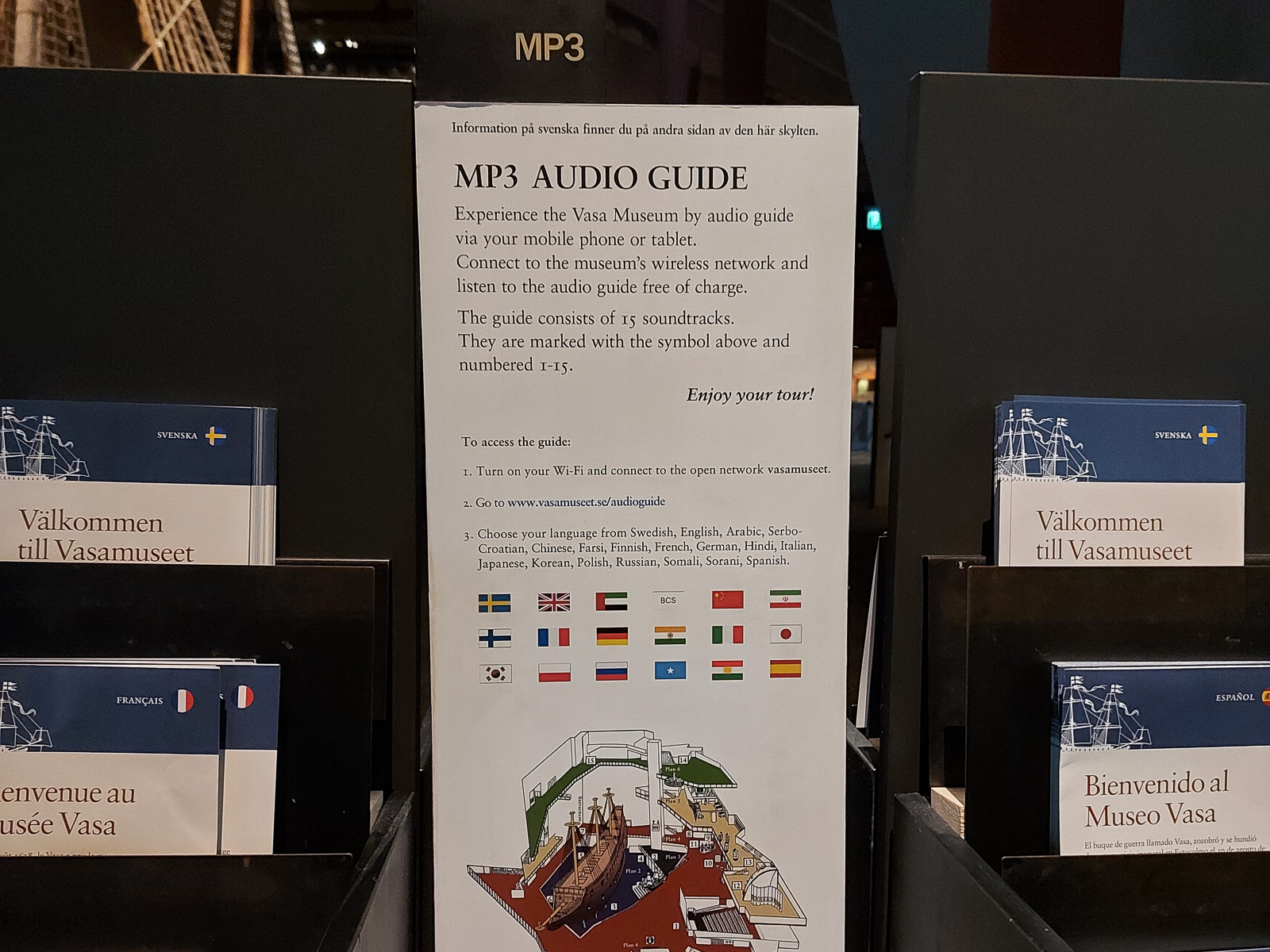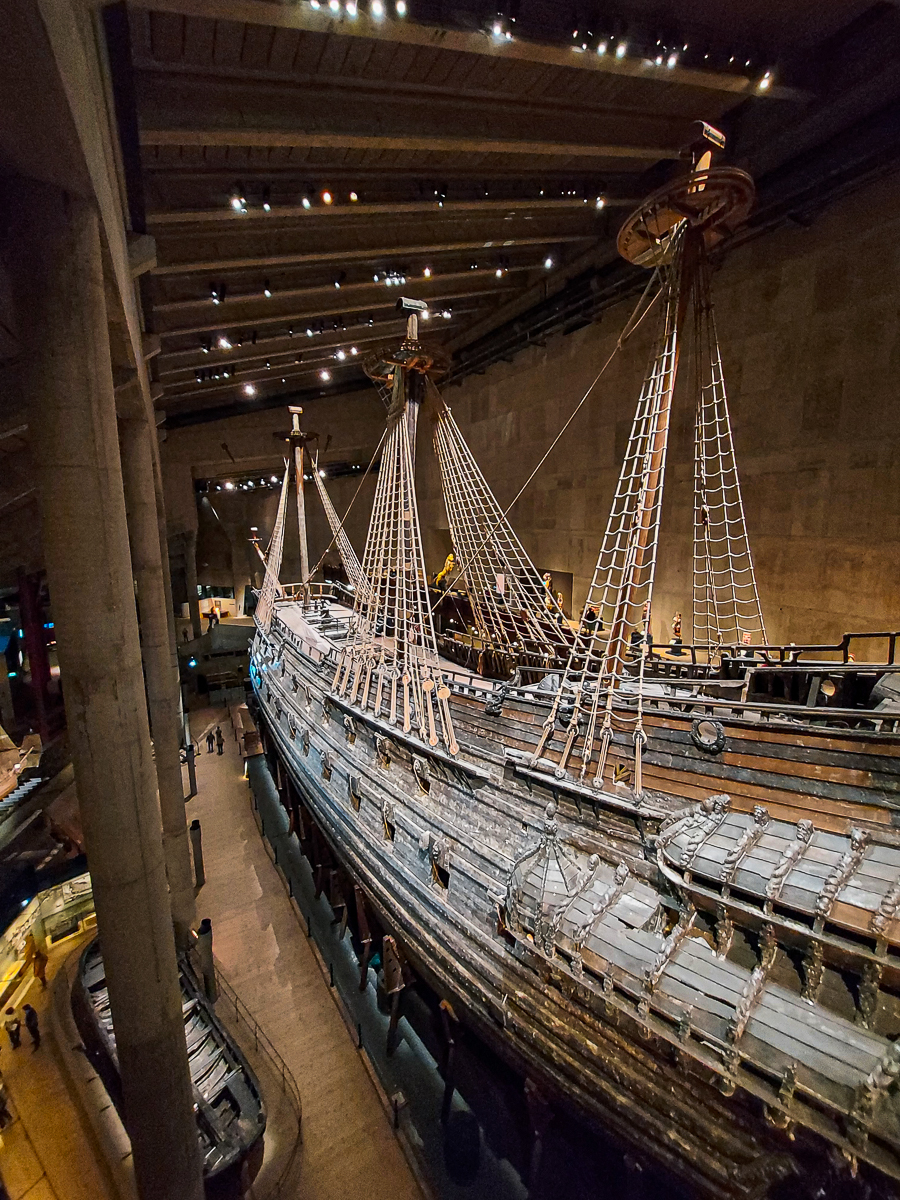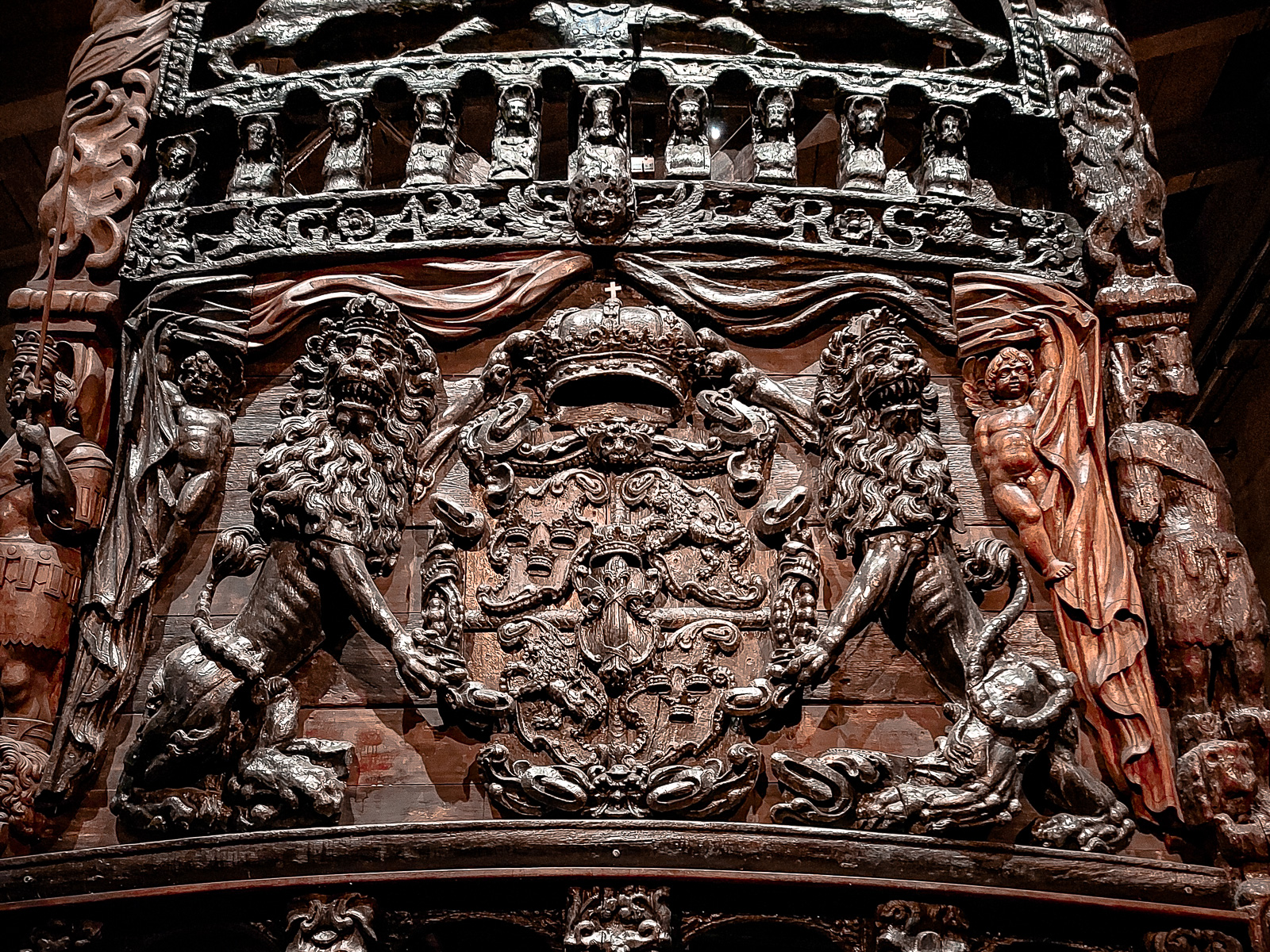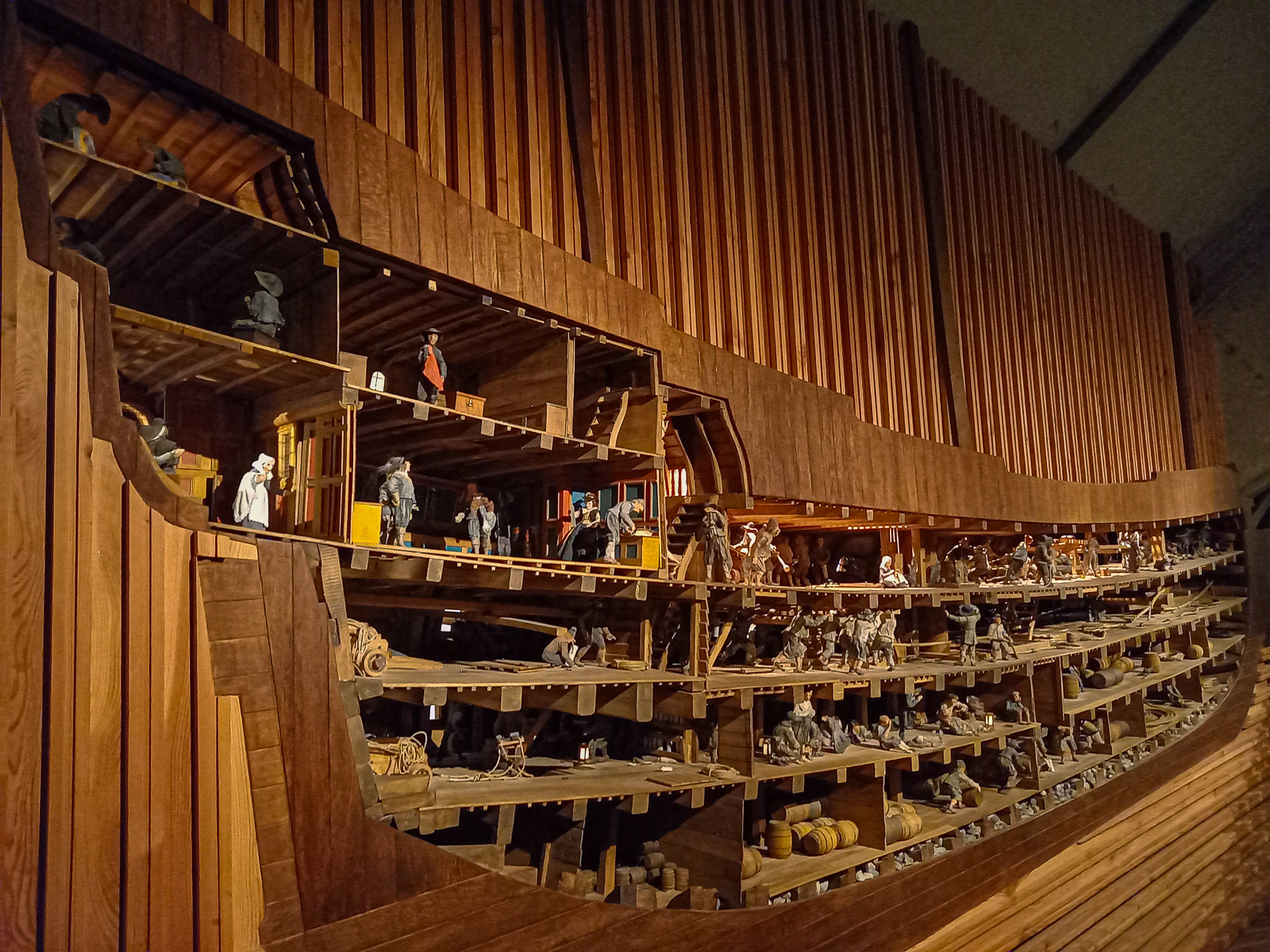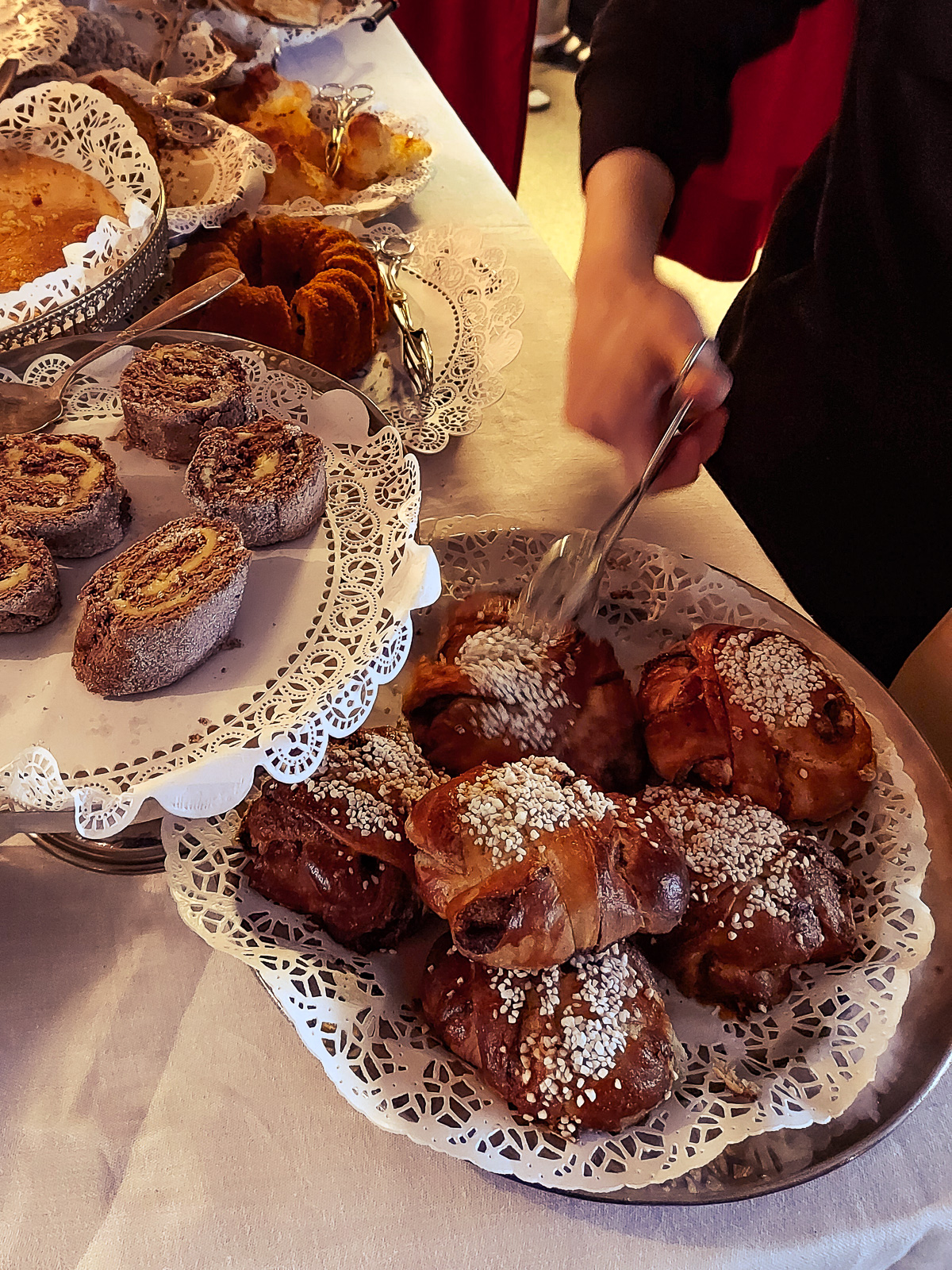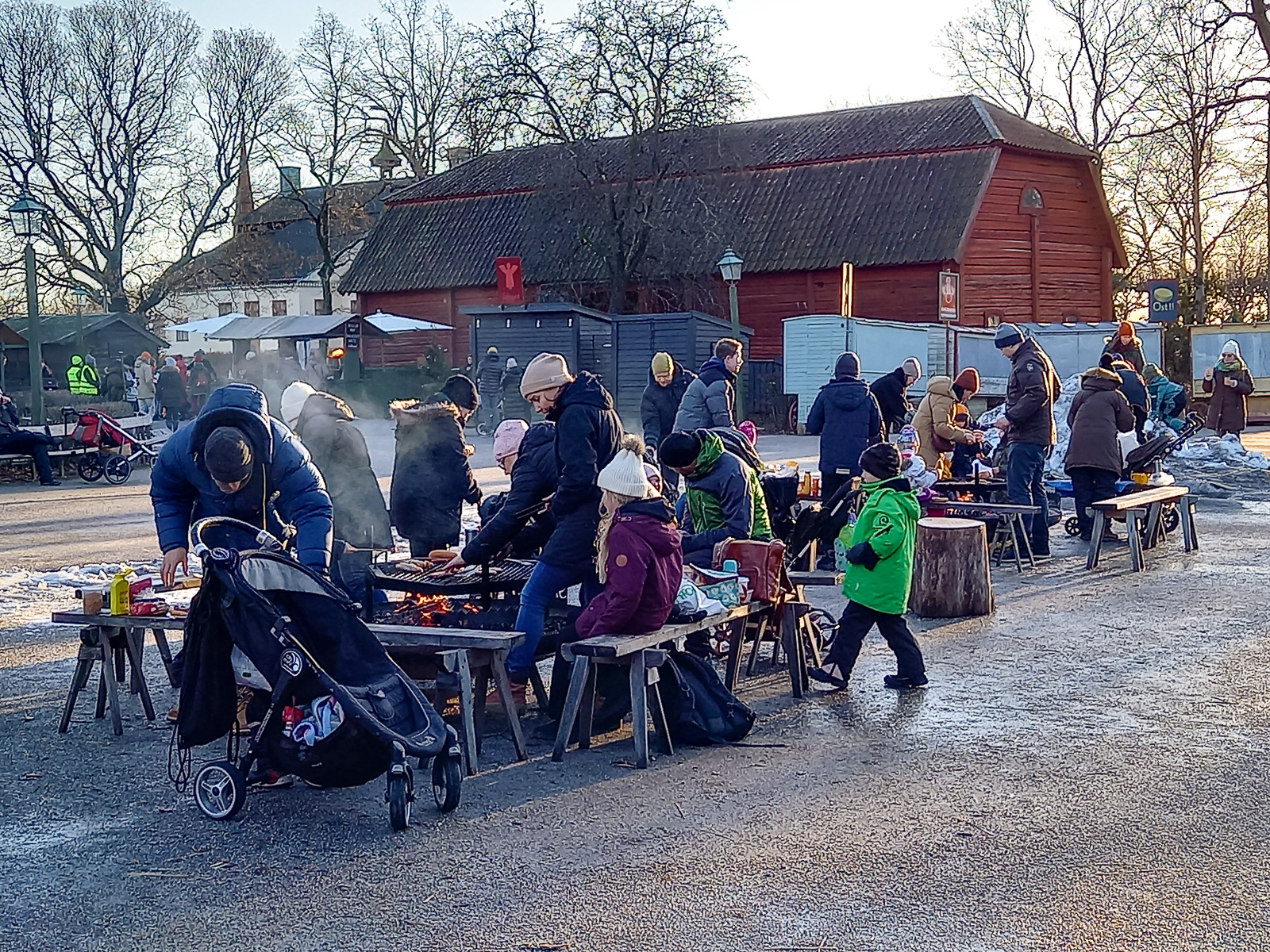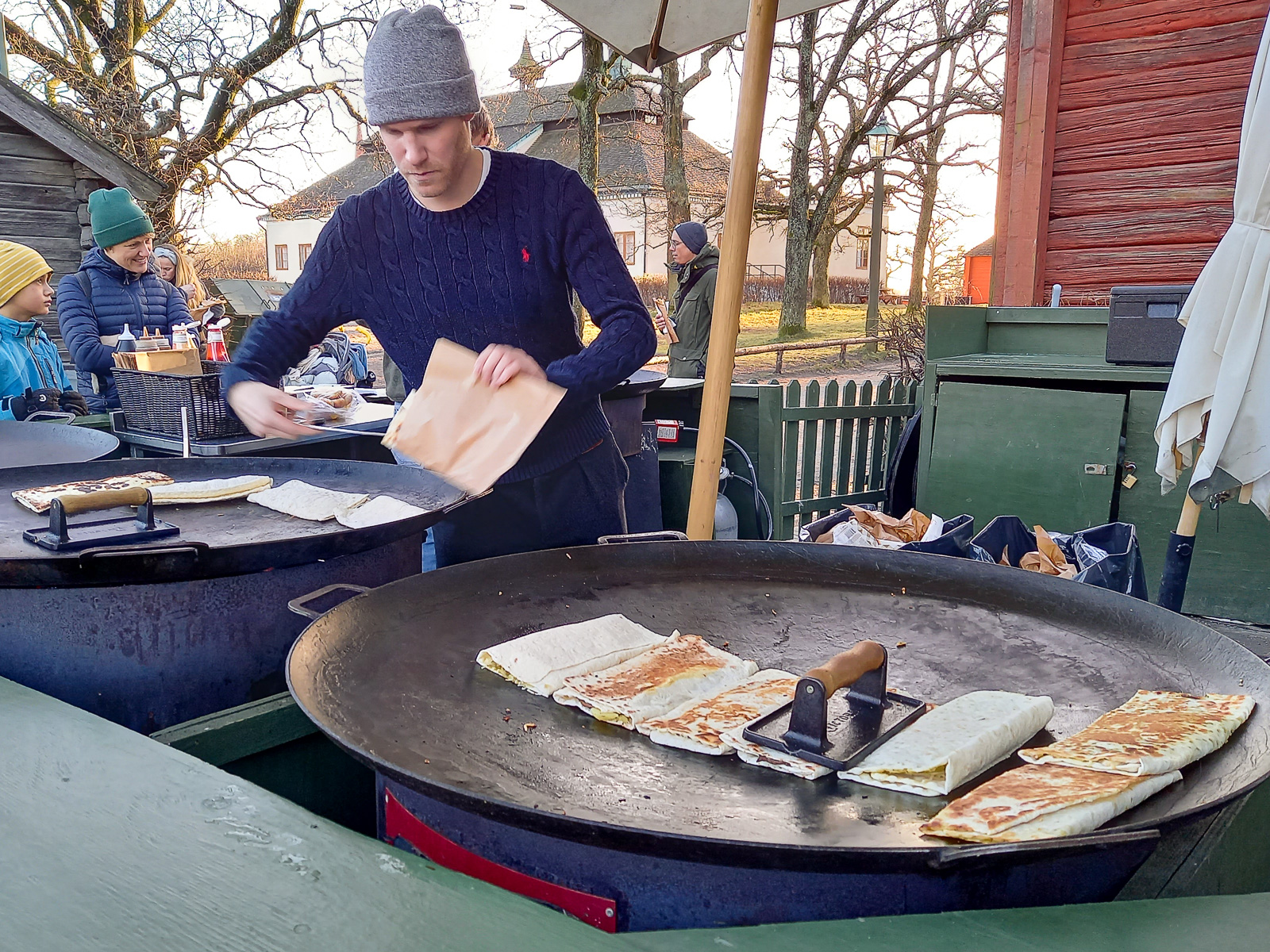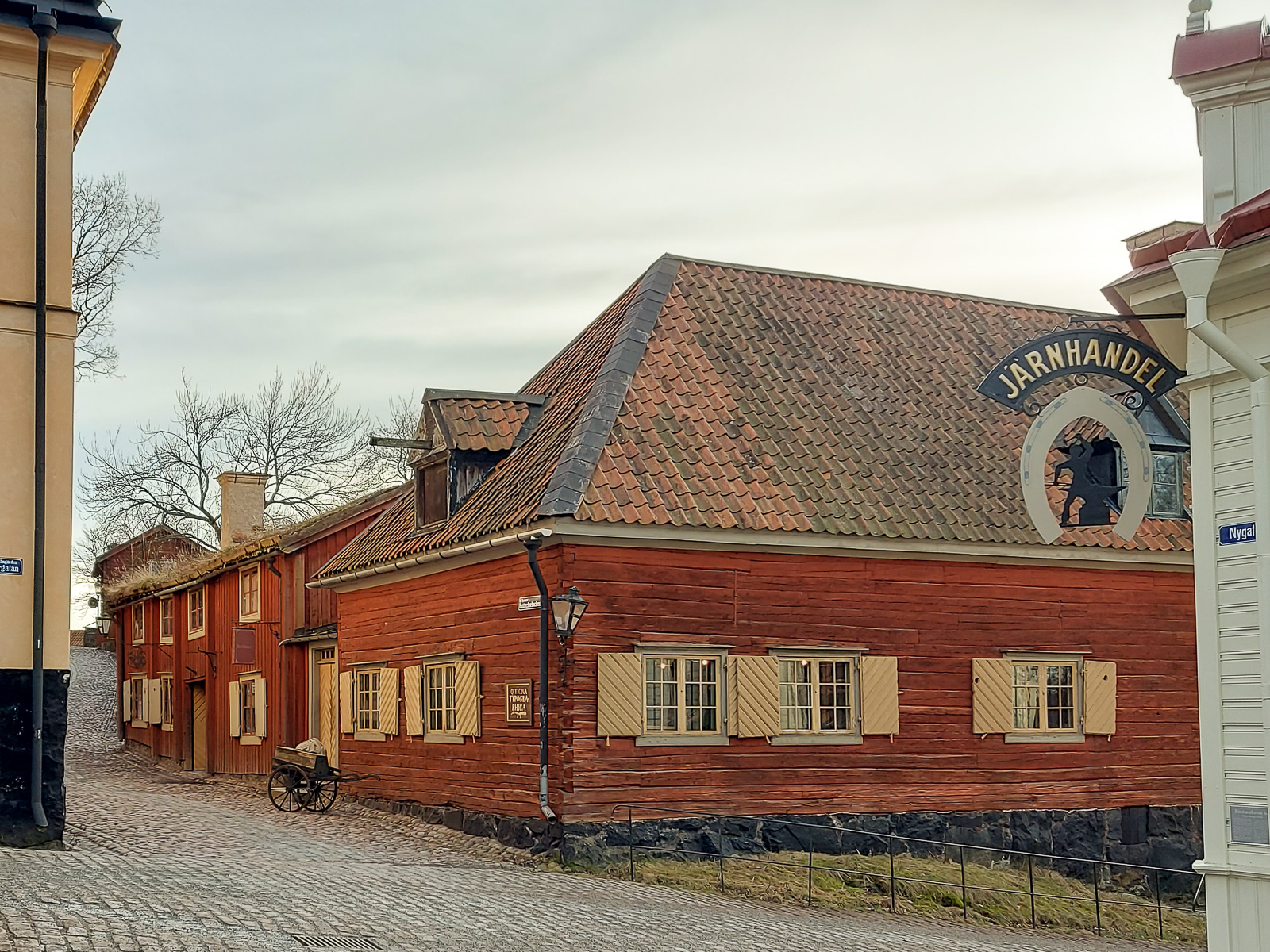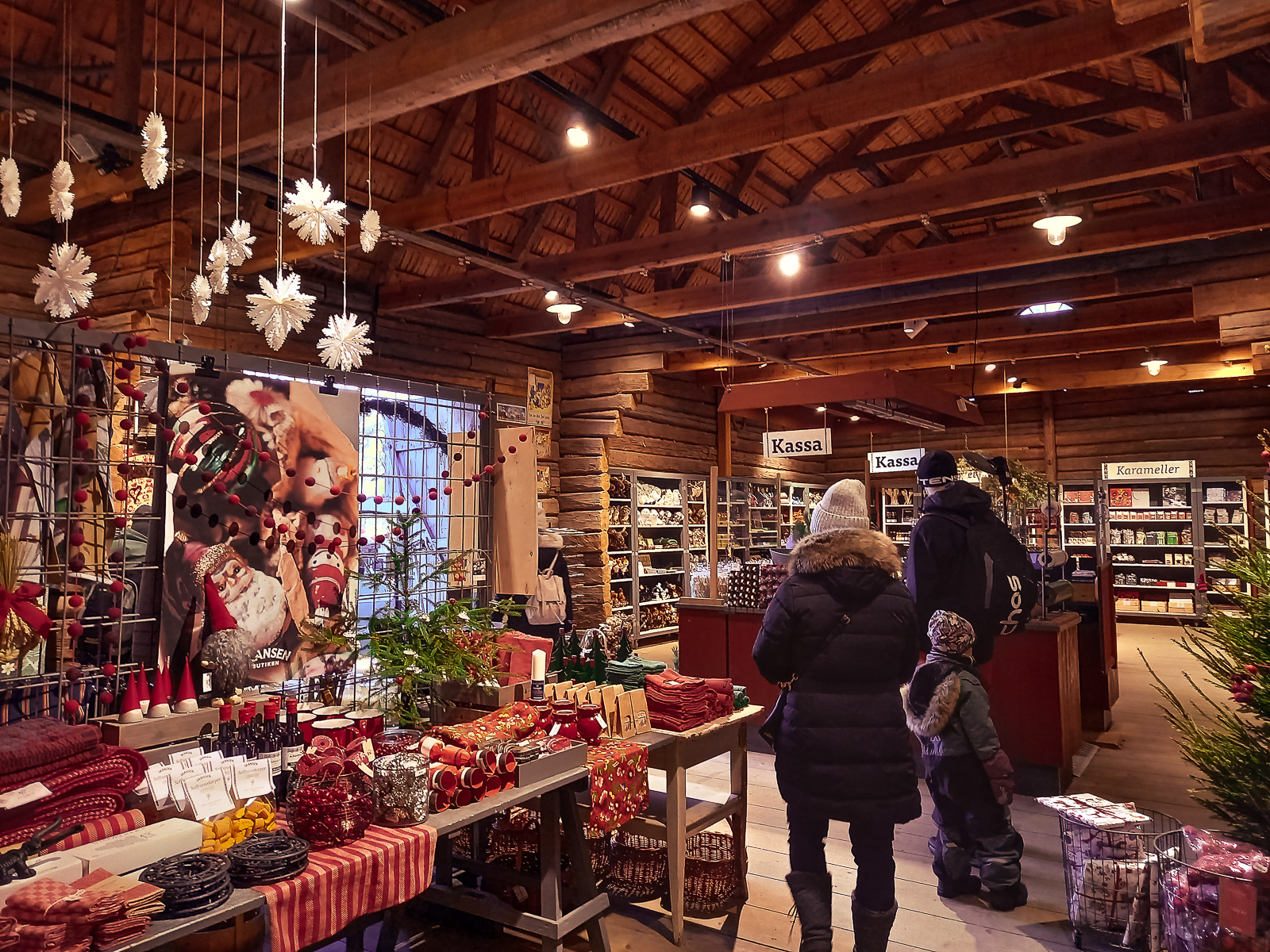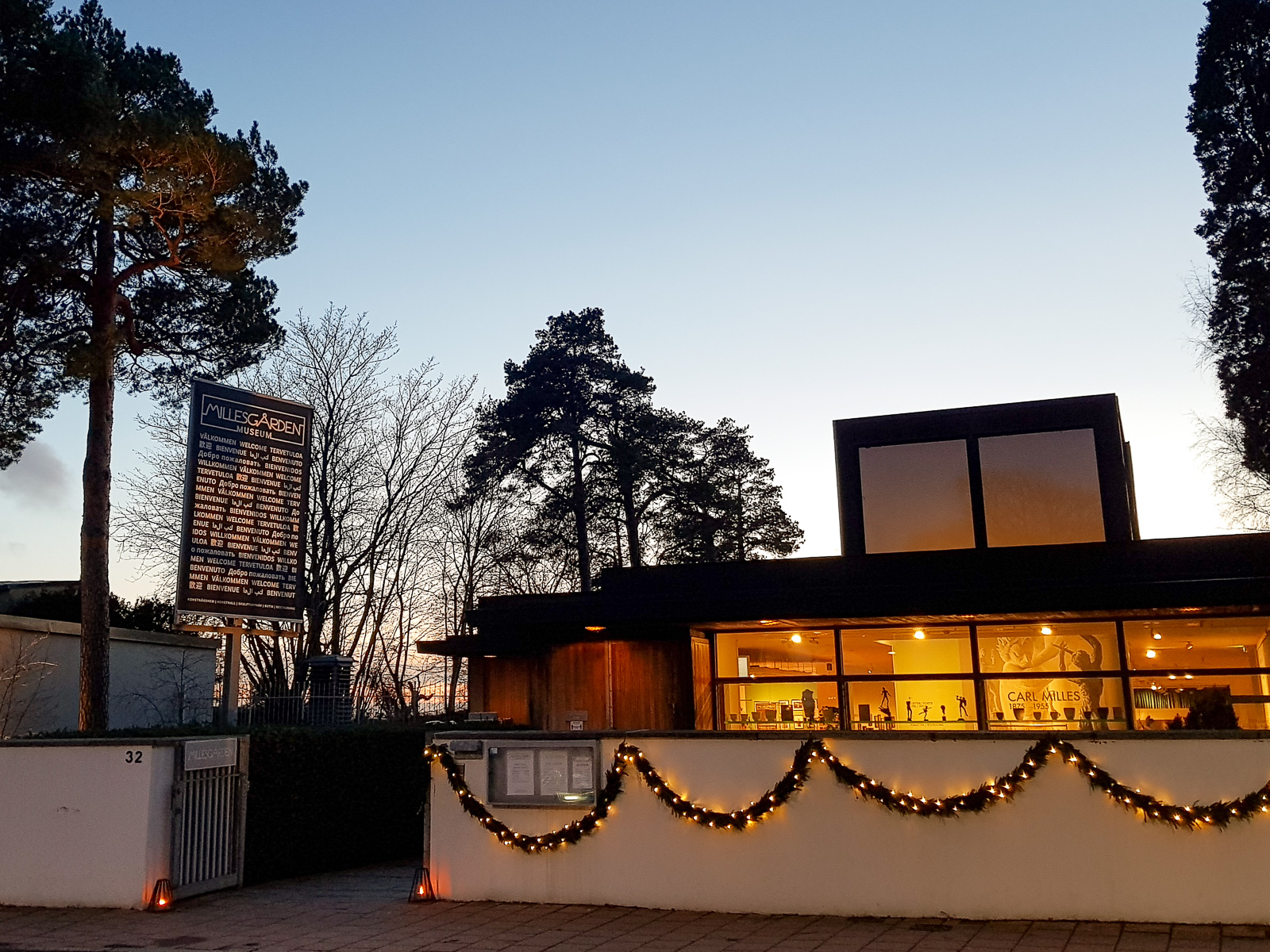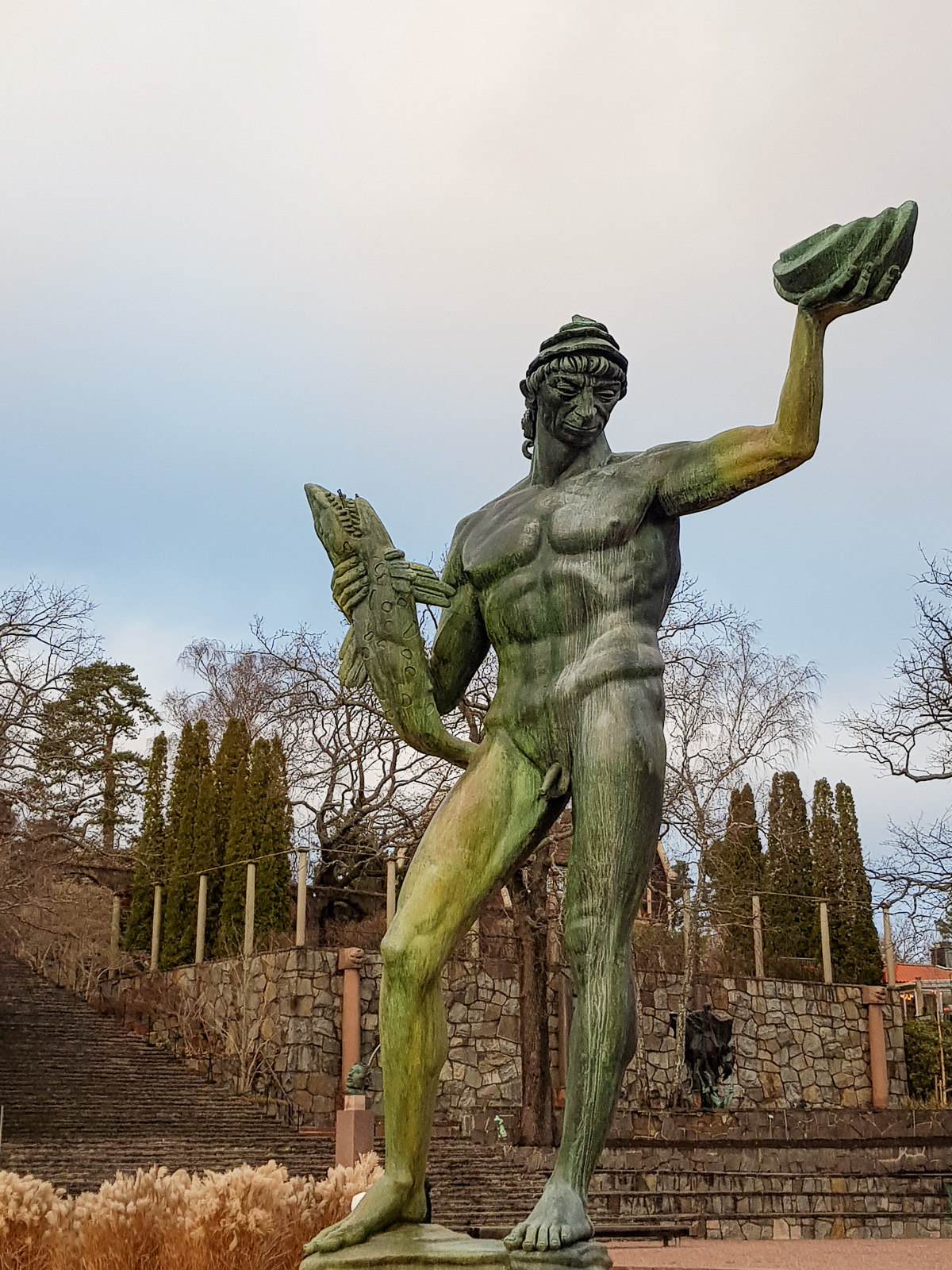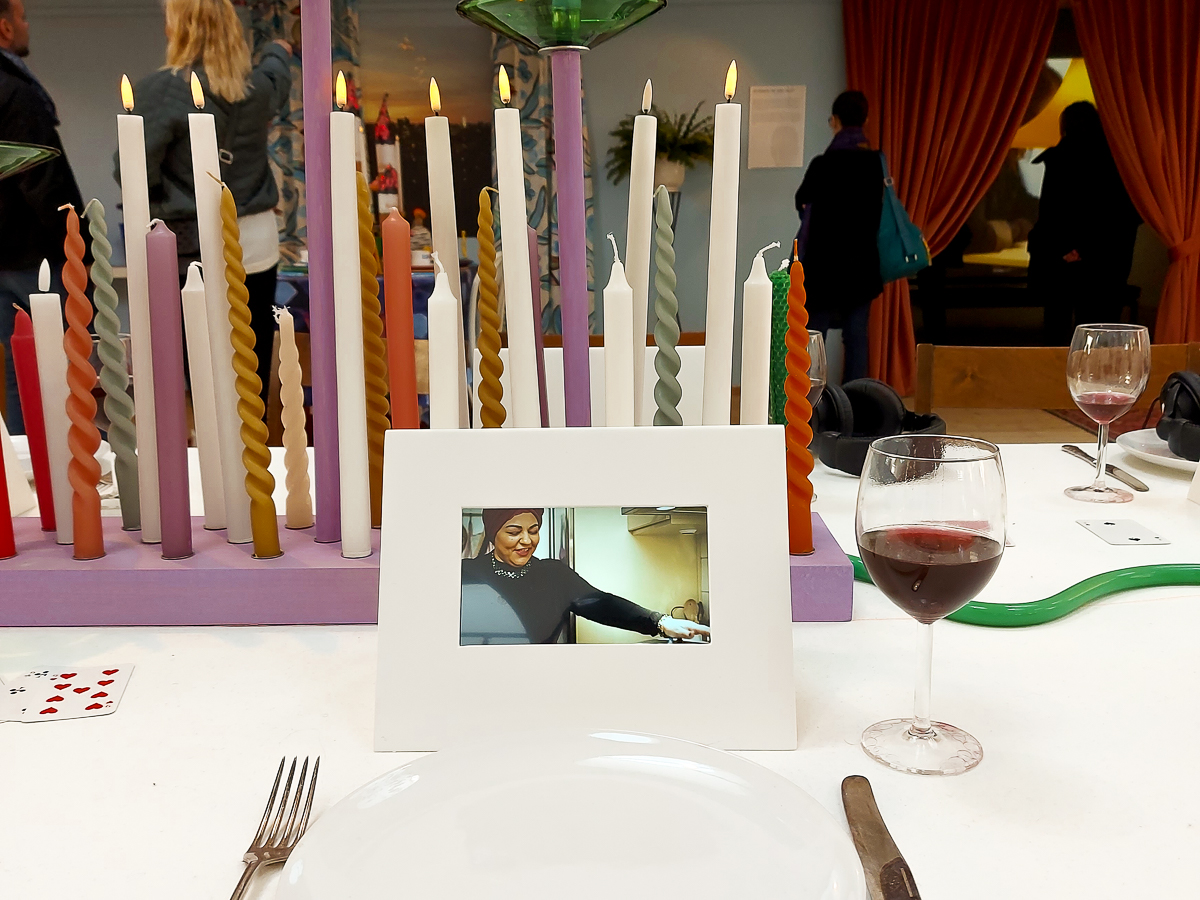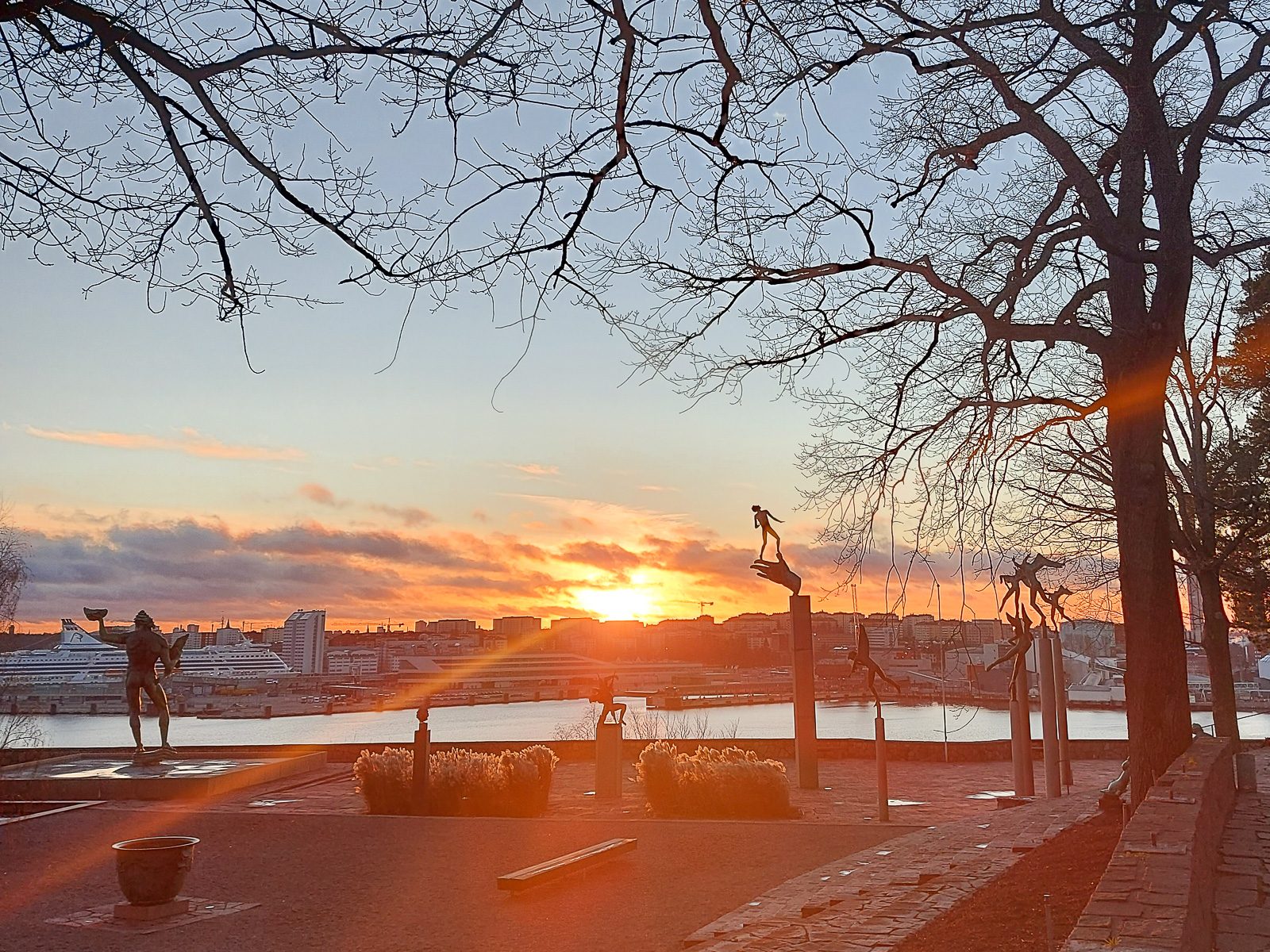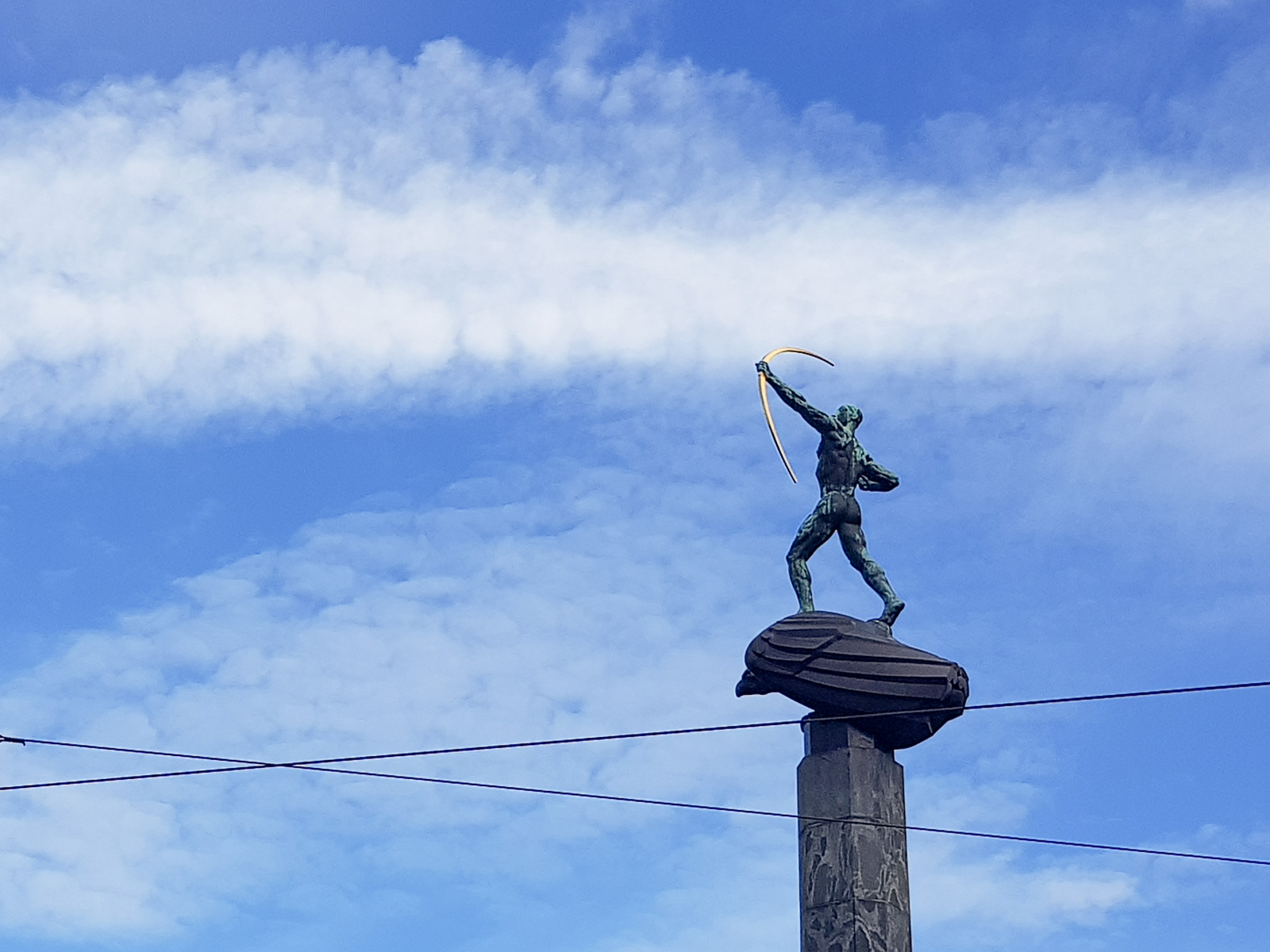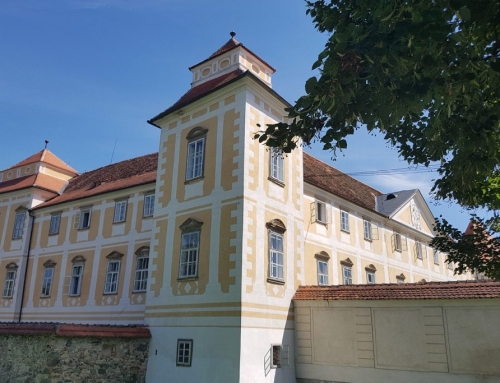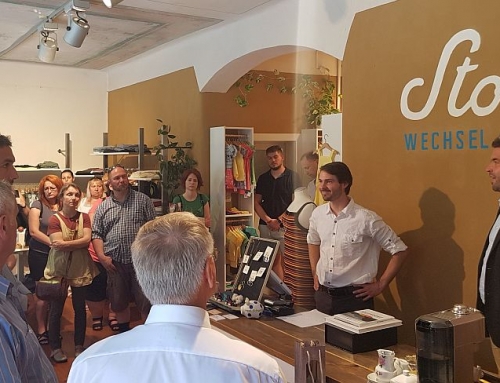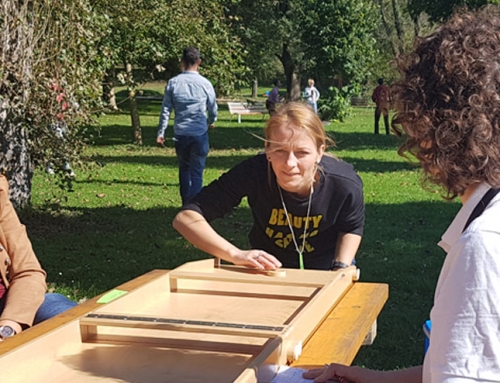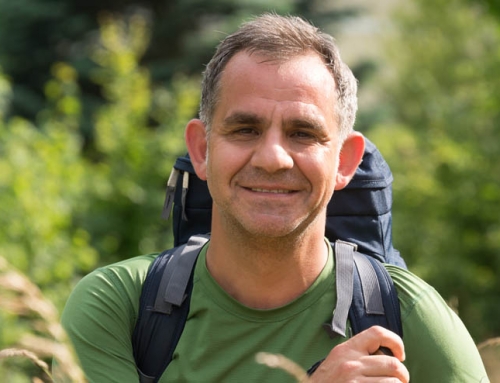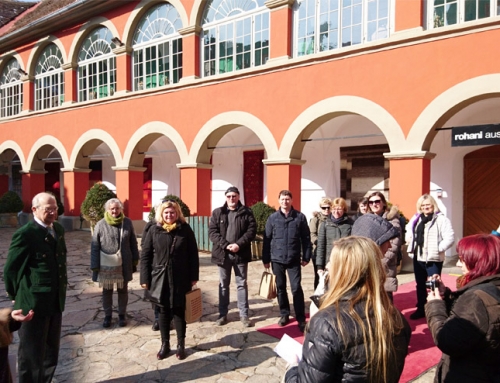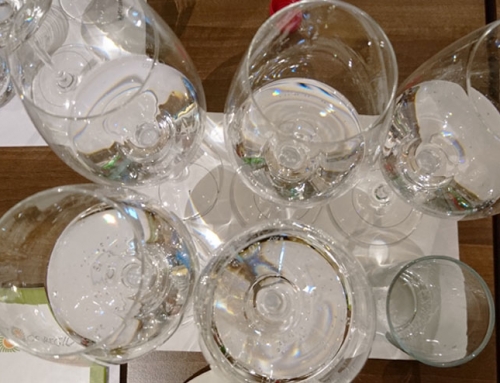Time always seems to slow down a bit when the new year approaches. The winter solstice brings a special atmosphere with it and we perceive our surroundings differently. Right now the days are especially short in Sweden, daylight is a rare treat. We feel thankful for every single beam of sunlight. Perfect conditions for a study trip to the Scandinavian capital at the shores of the Baltic Sea.
Vasa-Museum
The story of a very remarkable ship. The Vasa capsized on its maiden voyage and sunk on 10 August 1628 right there in Stockholm’s harbor. For 333 years the imposing warship rested at the bottom of the sea before it was recovered and started on a new journey. Today, the Vasa is surrounded by its own museum, specially build for the purpose of housing the remains of the ship and exhibitions about life onboard. Artfully carved figurines, mostly from the original wood, attract marveling visitors. We listen to the audio-guide on our smartphone – easy to access, free of charge and available even in German. We only need our headphones and off we go. Wifi, as usual in Stockholm’s museums, is open to the public free of charge. When selecting the language we learn that there are also two separate sound-tracks for kids. Together with the Vasa-piglet, the young visitors may explore the ship from different perspectives.
Besides the museum itself, the museum’s shop is also worth a visit. Products for adults and kids, all with a connection to the ship and the 17th century are on offer. A lot of things are exclusively available at this shop, like copies of things found onboard the ship. Accessibility is written with a capital A in Sweden: a special hearing hall has been installed and a ship model for visually impaired visitors available. And the Vasa-restaurant serves only Swedish cuisine, like the popular meatballs or cinnamon buns for fika.
Open-air museum with a lot of history
Leaving Vasa-museum, we only walk a short distance to the entrance of Skansen, the oldest open-air museum worldwide. It was founded in October 1891 and today spreads over an impressive pocket of land on the Djurgården island. We take a closer look at houses and farms from all over Sweden. A lot of the buildings are still being used for everyday life. In the handicraft alley we find a pottery, blacksmith and a shoemaker. Of course there is also a bakery offering freshly baked cinnamon buns. While nibbling on it we continue to the glass blowing workshop. There we learn that the next generation took over only a short while ago. Excitement and passion are easy to recognize. On the farms we meet old sheep and cow breeds, in between free-going chickens and geese cross our way. On Bollnäs-Torget, the museum’s main square, families grill sausages brought from home over fires tended by the museum. Hearty tunnbröd and sweet waffles are on offer. At Skansen-shop fabric dyed with traditional Swedish prints are sold – partly by the meter, partly processed as bags, kitchen towels or bread baskets.
Garden full of magic
By train we reach Lidingö, a neighboring island. On a steep cliff, offering overwhelming views on one of Stockholm’s harbors, lies Millesgården. It’s the former home of artists Carl and Olga Milles and a wonderful garden full of opposites. We are especially enthralled by the sculpture park: Integrated into the Scandinavian landscape is a park that reminds us about Italy. Stone steps, small terraces and at the core a huge piazza, covered in red stone. Several of Carl Milles’ sculptures where influenced by Greek mythology, like the dominating Poseidon gazing down at the water with full authority.
In a hidden corner we are surprised to find “Little Austria”. The audio-guide, accessed via smartphone through a free-of-charge-app, explains: Olga Milles, Carl’s wife, was originally from Graz. Her whole life she was homesick and as a special surprise Carl transferred some alpine flair to Stockholm. Relaxed we walk through garden and atelier. The museum’s shop impresses us with the amount of high-quality products that relate to Carl and Olga Milles’ work as well as the current exhibition “The laid table”. By the time we have to leave, signs that are easy to recognize show the way down to the water and back to the bridge towards Stockholm.



